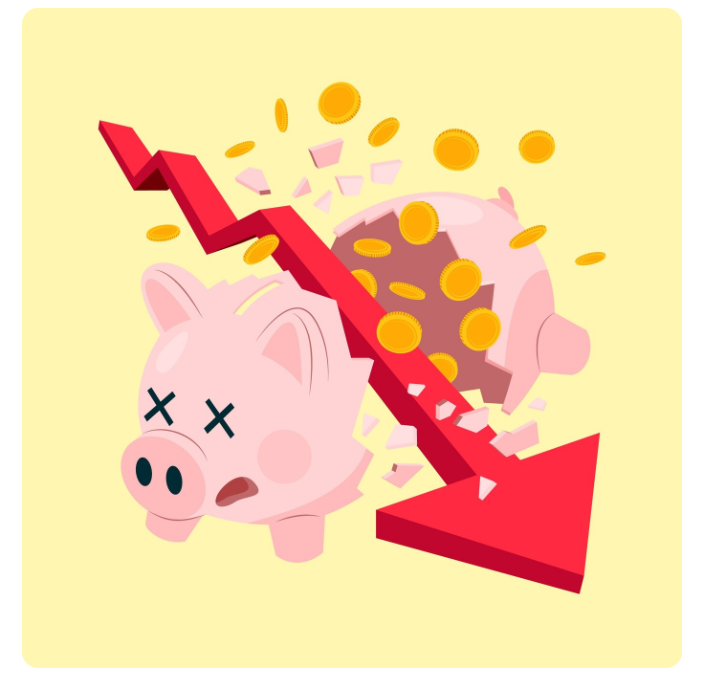When markets crash, panic often takes over:
“Why is my ETF down so much?”
“Will it ever recover?”
The COVID-19 market crash in March 2020 provides one of the clearest lessons for ETF investors. Let’s break it down simply.

📉 How Did the S&P 500 React During COVID-19?
- March 12, 2020: The S&P 500 dropped –7.6% in a single day.
- Over the next 19 trading days, it fell nearly –30% from the peak.
- But within just 1 year, it had rebounded by nearly +60%.
- According to Hartford Funds, 9 out of 10 of the worst one-day crashes in history were followed by positive 1-year returns.
👉 Lesson: Market crashes are often short-term shocks, while recoveries can be surprisingly strong.
📈 What If You Held an S&P 500 ETF (SPY)?
| Timeframe | Return (Approx.) |
|---|---|
| Crash bottom (Mar 2020) | –30% |
| 3 months later | Partial recovery |
| 1 year later | +50% to +60% |
| 3–5 years later | Sustained double-digit gains |
➡ Investors who consistently held or even added through dollar-cost averaging likely saw strong
💡 Which ETFs Perform Better in a Crisis?
✅ Broad Market ETFs (e.g., SPY, VOO)
- Sharp initial drop (–30%), but fastest long-term recovery
- Best choice for growth-focused long-term investors
✅ Low-Volatility ETFs (e.g., USMV)
- Smaller decline (around –20%)
- Slower rebound compared to broad ETFs
- Good for defensive investors who prefer stability
✅ Covered-Call ETFs (e.g., DIVO, JEPI)
- Limited downside during bear markets (–15% to –20%)
- Provide steady income through dividends
- Strong option for income-focused or conservative investors
📊 Crisis ETF Comparison
| ETF Type | Crash Drawdown | 1-Year Return | Key Traits |
|---|---|---|---|
| Broad Market ETF (SPY, VOO) | ~ –30% | +50–60% | Strong long-term recovery |
| Low-Volatility ETF (USMV) | ~ –20% | +35–40% | Smaller losses, slower rebound |
| Covered-Call ETF (JEPI, DIVO) | –15% to –20% | +25–30% | Income + defensive strategy |
🧠 Investor Takeaways
- Don’t try to time the market – sudden drops are nearly impossible to predict.
- Use dollar-cost averaging (DCA) during downturns to capture recovery upside.
- Match your ETF choice to your strategy:
- Growth → Broad Market ETF
- Defense → Low-Volatility or Covered-Call ETF
👉 In investing, crises = opportunities. The key is staying invested with the right ETF for your goals.
✅ Quick Summary
- Market crashes (like COVID-19) often rebound faster than expected.
- Broad market ETFs offer the strongest long-term recovery.
- Low-volatility and covered-call ETFs provide defensive stability.
- Always align your ETF strategy with your risk tolerance and time horizon.
💬 Bottom line: History shows that staying invested through downturns can turn temporary pain into long-term gains.
📝 Disclaimer
This article is intended for educational purposes only. It does not constitute financial, investment, or legal advice. All investment decisions involve risks, and readers should conduct their own research or consult with a licensed financial advisor.
